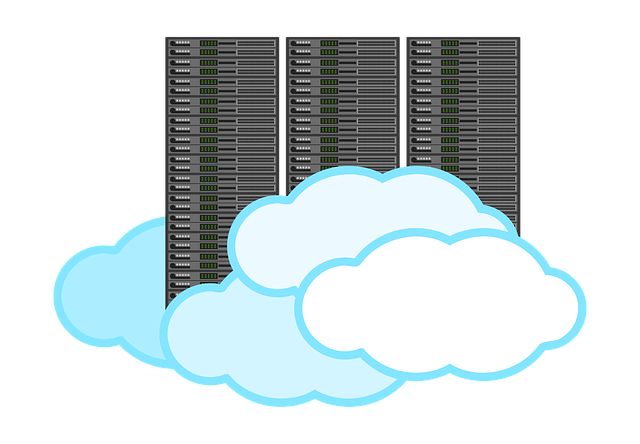Spare your Organizations from Heavy Traffic Loads through SDN: Software-Defined Networking

Managing Virtual Networks
More people are opting for cloud servicing; also with its unparalleled options data management is becoming more resilient and less restrictive. But as a service provider, sometimes it will be very tiring to manage large number of virtual networks, which requires unbounded isolation. VLAN is a perfect choice for providing isolation and other traffic management services. But the security aspects in VLAN always need to be addressed carefully. Suppose you want to switch from one service to other, the security will always be the issue of concern, but through SDN it can be easily countered. Congestion free traffic and easy management of virtual machines is what defines the SDN. Before treading in more, let us know more about SDN. SDN aka software-defined networking enables the virtual separation between network control and network plane. With this course of action, administrator will be easily allowed to regulate the network data through a centralized console and not through individual switches which can be cumbersome.
Dynamic working environments will always have unending requirements, from round the clock implementations to data security. New updates are being made in every vertical that are related to data management to make it less burgeoning. Here are few key benefits of Software-defined networking, which are making it standout from the rest,
- No VLAN- Once SDN is implemented; the need for VLAN to isolate your networks is not needed. Cloud service providers will be the most to benefit from this.
- Reduction in CAPEX & OPEX- Biggest concern while running a business are these two factors. A parallel reduction in these will be a big plus point. By the way, CAPEX stands for capital expenditure, while OPEX is also known as operating expenses.
- Operating Cost- Multiple layer networking models require high-end devices for distinctive monitoring. This obviously affects the overall cost structure. Because, SDN can support from layer 1 to layer 3, there is a promise that one can lead with economical approach.
- Network Management-Since it is software defined, more agility will be there in the management of complete data. This in turn allows swifter round the clock implementations.
- Unifying the Cloud Resources-This is similar to network management feature, through unifying all the resources; management of plethora of data will be a breeze.
- Automation & Virtualization-Yes, SDN is not meant only for isolation but can perform automation and virtualization as well. The need for reprogramming or restructuring can be done smoothly without any interruption.
- Minimum Downtime- since SDN efficiently supports virtualization, manual interruption will be very less. Due to which the number of errors will also be reduced drastically. Also, during any kind of up gradations or heavy data traffic there is a possibility of system crash, but with SDN the chances are very less.
SDN, The Bottom Line
SDN is all about data-routing, also tailoring each tool or platform in accordance to our business requirements can be time-consuming. But with SDN the reconfiguration of network topology is possible without any glitch due to its centralized approach. Primarily SDN was considered only for isolation but now automation and virtualization is also possible. Through regulating the network traffic, we can see an optimization in the overall performance.



 +91 8277203000
+91 8277203000
